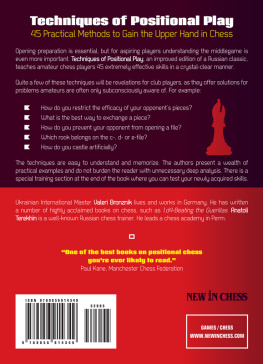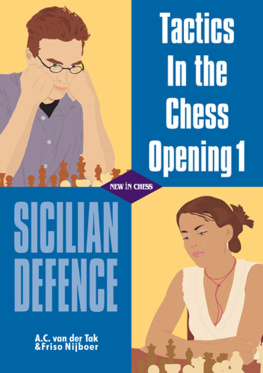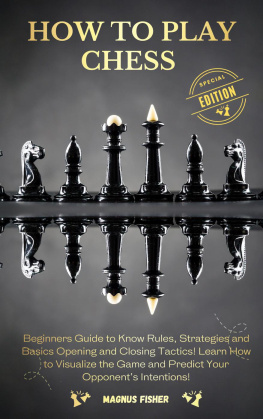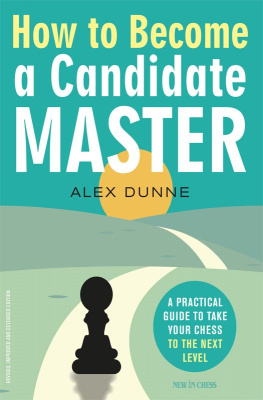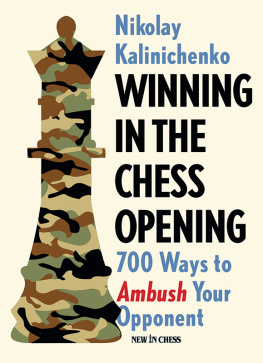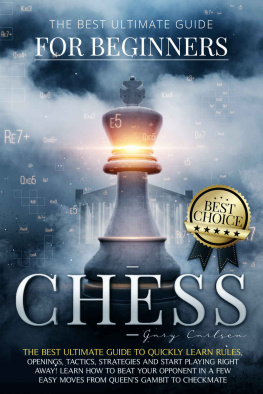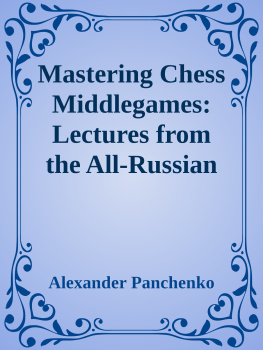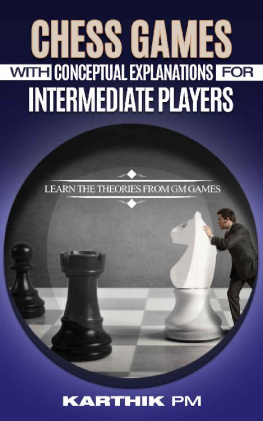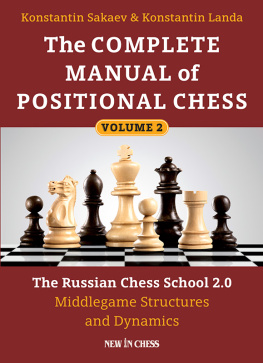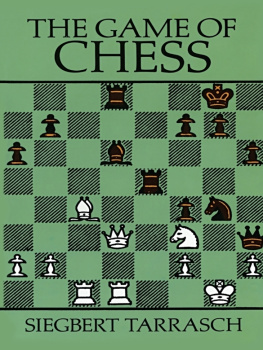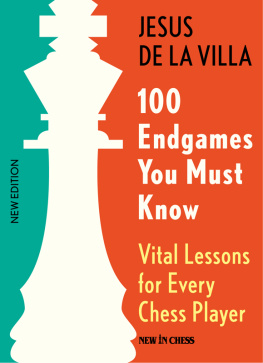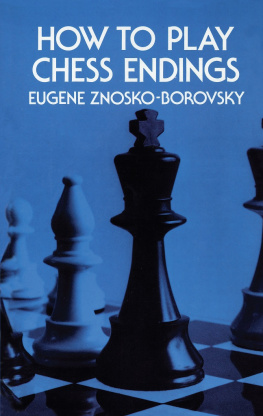Techniques of Positional PlayValeri Bronznik & Anatoli TerekhinTechniques of Positional Play 45 Practical Methods to Gain the Upper Hand in Chess New in Chess 2013 2013 New In Chess Translated from Techniken des Positionsspiels im Schach (Bronznik/Terekhin, Kania 2005/2008) by Ian Adams Published by New In Chess, Alkmaar, The Netherlands www.newinchess.com All rights reserved. No part of this book may be reproduced, stored in a retrieval system or transmitted in any form or by any means, electronic, mechanical, photocopying, recording or otherwise, without the prior written permission from the publisher. Cover design: Volken Beck Production: Harald Keilhack Proofreading: Ren Olthof Supervision: Peter Boel Have you found any errors in this book? Please send your remarks to and implement them in a possible next edition. ISBN: 978-90-5691-434-9 Symbols
| + | White has a winning advantage |
 | White stands clearly better |
 | White stands slightly better |
| = | Equality |
| Unclear position |
 | Black stands slightly better |
 | Black stands clearly better |
| + | Black has a winning advantage |
 | With compensation |
 | With counterplay |
| Intending (threat) |
| Weakness |
| # | Mate |
| !! | Brilliant move |
| ! | Strong move |
| !? | Interesting move, deserving attention |
| ?! | Dubious move |
| ? | Weak move, mistake |
| ?? | Blunder |
| Ch | Championship |
 | Diagram: White to move |
 | Diagram: Black to move |
 | see or leads to |
Introduction Dear chess lover, Please give me an honest answer: have you not often come out of the opening with a dream position only to see the tables turned on you afterwards? I at least have often had that experience. Or vice versa: your position after the opening was a modest one, but suddenly everything went splendidly right for you and the game took on a new aspect? Actually the question is more of a rhetorical one, the answer is obvious. Why then do 90% of all chess players ascribe their tribulations to poor knowledge of the opening? We must at least be honest with ourselves: of course, good opening preparation is desirable, but it is not the main factor in our playing strength.
An understanding of the middlegame and the endgame is far more important and can often enough help us to save dubious positions and not to spoil the good ones we have. It may well appear tempting to acquire a few books or CDs on openings, to learn a few variations by heart and to hope that we can overcome an unsuspecting victim right in the opening with the theory we have mugged up on. Unfortunately, it is only too easy for us to fall victim to such an attitude, if it leads us to a neglect of the middlegame and endgame and even a completely superior position as we leave the opening in no way guarantees us a win, on the contrary: it demands of us an ability to play the middlegame and the endgame. But, unfortunately, it is not quite so simple to acquire such good knowledge of the middle- and endgame, since it is only recently that appropriate books have been gradually coming on the market. So that made it all the more interesting for me to lay my hands upon the book by the well-known Russian trainer FM A.Terekhin Strategic Methods (the Russian prototype of the book which you have in your hand). Terekhin chose a lot of examples and from them worked out ideas the knowledge of which can turn out to be extremely useful for players of practically all levels from advanced club players all the way up to masters.
Many of his points of view here I am thinking, e.g., of the explanations concerning the potential passed pawn are completely new and to the best of my knowledge have not yet appeared in chess literature. The idea soon occurred to me to translate the book into German as usual with the able help of my late friend Dieter Mohrlok (IM and correspondence chess GM). In doing so, I have greatly revised the material from the Russian edition. Some not very convincing examples have been omitted, but in return I have included some new, and hopefully appropriate game fragments. In addition the reader of the German resp. English edition will find significantly more analysis and explanations than there were in the Russian original.
Nevertheless the main emphasis in this book was not laid on deep analysis, but rather on giving you as good as possible a feeling for and understanding of the ideas and methods which are presented. Consequently I have deliberately tried to avoid, where possible, complicated and confusing analyses. Firstly, a little caution: in this book you will be confronted with new concepts which may at first glance appear strange, for example the aforesaid potential passed pawn or the wave-breaker or the pendulum manoeuvre. These expressions are inventions of A. Terekhin, and we have translated them to the best of our ability. Whenever you encounter each such technique the concepts will then be explained in greater depth.
The overwhelming number of examples comes from the creative work of world famous players. But there are also extracts of games played by less well-known people, whose names you may perhaps not know. That proves that it is not necessary to be a GM or even an IM to demonstrate successful use of a strategic idea. And a good thing it is too! I must thank Anatoli Terekhin for having appreciated my work and making no objection to allowing me to stand as his co-author for the German and English edition. IM Valeri Bronznik
Stuttgart, August 2005 Dear reader, When Valeri Bronznik showed me the inconspicuous little Russian book by Terekhin, I was immediately affected in a very special way. It is not that no good middlegame books had previously appeared sterling service in this field has been done above all by Dvoretsky and Watson.
No, for some reason there appeared to be specific and not so peculiarly complicated artifices with which I had never become systematically acquainted, but which I had come up against in fragmentary and painful fashion in my encounters with strong players. The idea occurred immediately that the book had to be published in German, though it was clear that for a publication which would come up to Western standards and I am not just talking about the translation some fine-tuning was still required. Following the proverb Too many cooks spoil the broth I also became involved with the work, changing the order of the techniques and arranging them in individual chapters, putting together a chapter with exercises drawn from superfluous examples, etc. The result a tribute to the German penchant for systematising is that the first four chapters are devoted above all to the art of pawn play, chapters V to X on the other hand to piece play. With appropriate reservations, of course. later on the English title.
Next page
